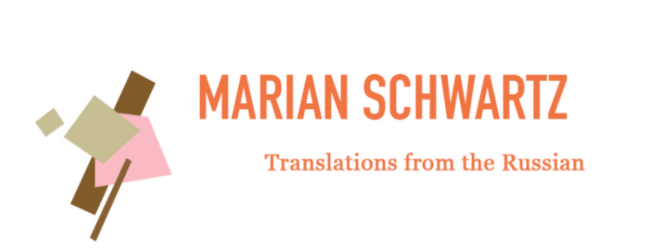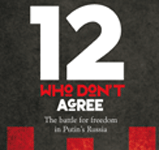In Twelve Who Don’t Agree, journalist Valery Panyushkin profiles twelve Russians from across the country’s social spectrum: a politician, a journalist, an army officer, an author, a bank manager, a laborer, a university student . . . Despite varied backgrounds, they all have one thing in common—participation in the historic March of the Dissidents.
Read MoreThe Red Wheel is Solzhenitsyn’s magnum opus about the Russian Revolution. Solzhenitsyn tells this story in the form of a meticulously researched historical novel, supplemented by newspaper headlines of the day, fragments of street action, cinematic screenplay, and historical overview. The first two nodes— August 1914 and November 1916—focus on Russia’s crises and recovery, on revolutionary terrorism and its suppression, on the missed opportunity of Pyotr Stolypin’s reforms, and how the surge of patriotism in August 1914 soured as Russia bled in World War I. March 1917—the third node—tells the story of the Russian Revolution itself, during which not only does the Imperial government melt in the face of the mob, but the leaders of the opposition prove utterly incapable of controlling the course of events.
Read More

